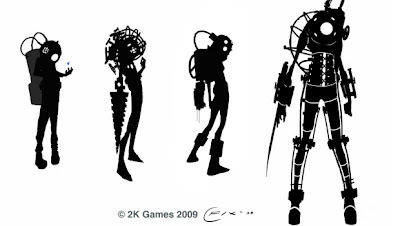Miles doin' it for his first animation, Francisco Pulpo's Scincinnati.
Let's take a minute to review what we've covered so far in class. We'll discuss a common vocabulary we can use to write and talk about the visuals we're creating and help us in our visual research. It's also time to talk about the format you'll be designing for - animation? movie? game? etc?
We'll also talk about story. Create a one paragraph treatment for a story that takes place on Trittonia. Then create a one paragraph treatment of how that story can be broken down visually. In this treatment, you can use your formal vocabulary (how things looks) and your research (basis/inspiration/precedence for how things may look).
Create 5 drawings that show characters, sets, and props as they may appear in your production.
Here are some examples I did for a 3D animated film, Francisco Pulpo's Scincinnati, way back in the ding dang day. These are a little more formal/coherent than raw thumbnails, but still not what I would consider high-end finished work...
Vocabulary!
Value - dark and light
Dynamic - movement/life of characters
Theme - tying characters and sets together
Narrative - purpose of a drawing in the storyline
Jerk - personality of a character
Setting - time/place/visual character of/
Context - rules of the settings and how characters operate within those rules
Shapes - basic forms, "skeleton", even of a landscape -- angular, soft, combos of...
Silhouette -
Scale - relative size of shapes to each other and the format (character to character, character to landscape, elements within the composition)
Shadow & Light - as a compositional tool - creates additional shapes within a composition, as a narrative tool
Color - As a rendering tool, but also as a mood/design choice
Color - Warm/cool. Hue (name), Saturation (purity), Value (darkness/lightness)
Line weight - modulation/change in light
Space - not objects!








